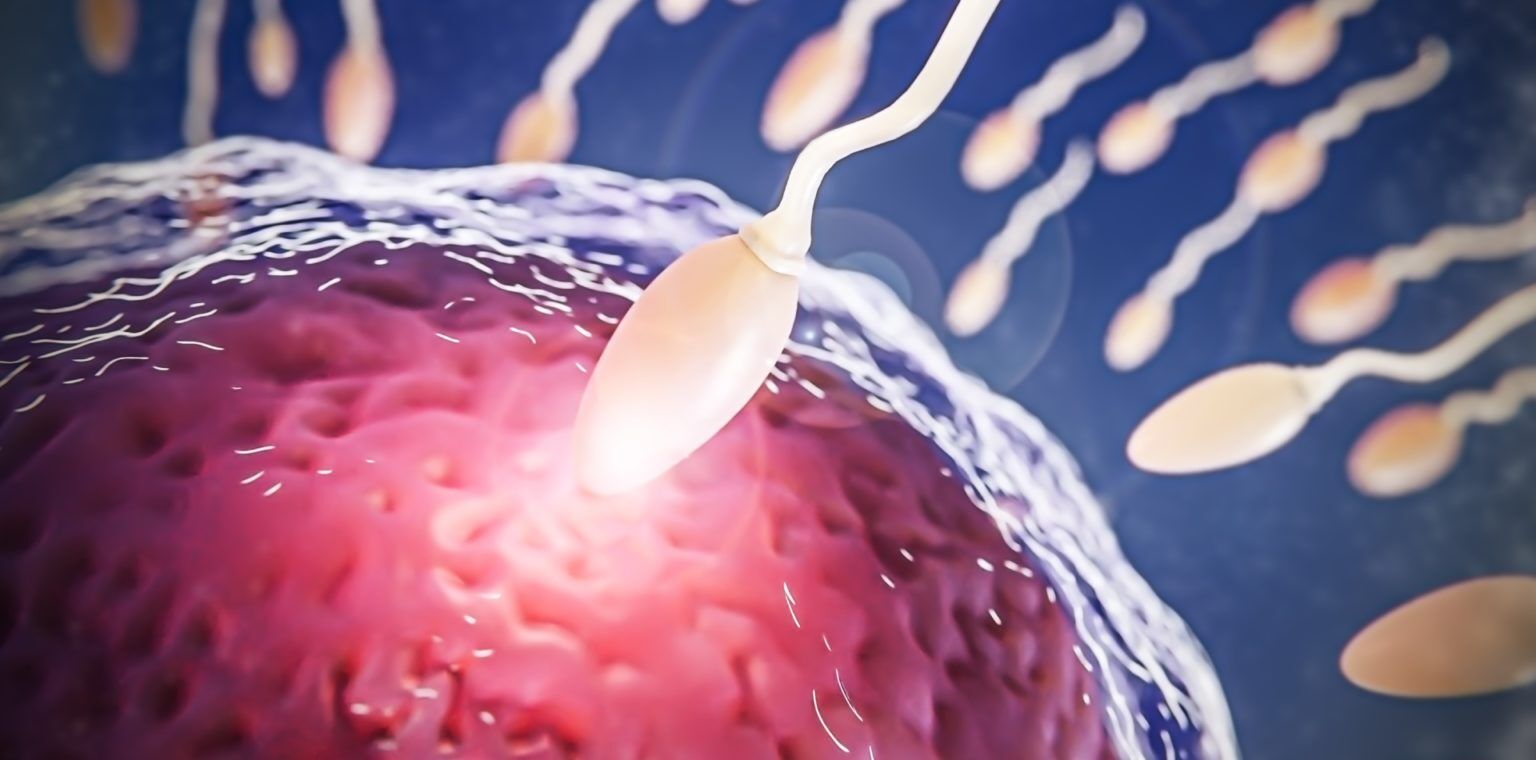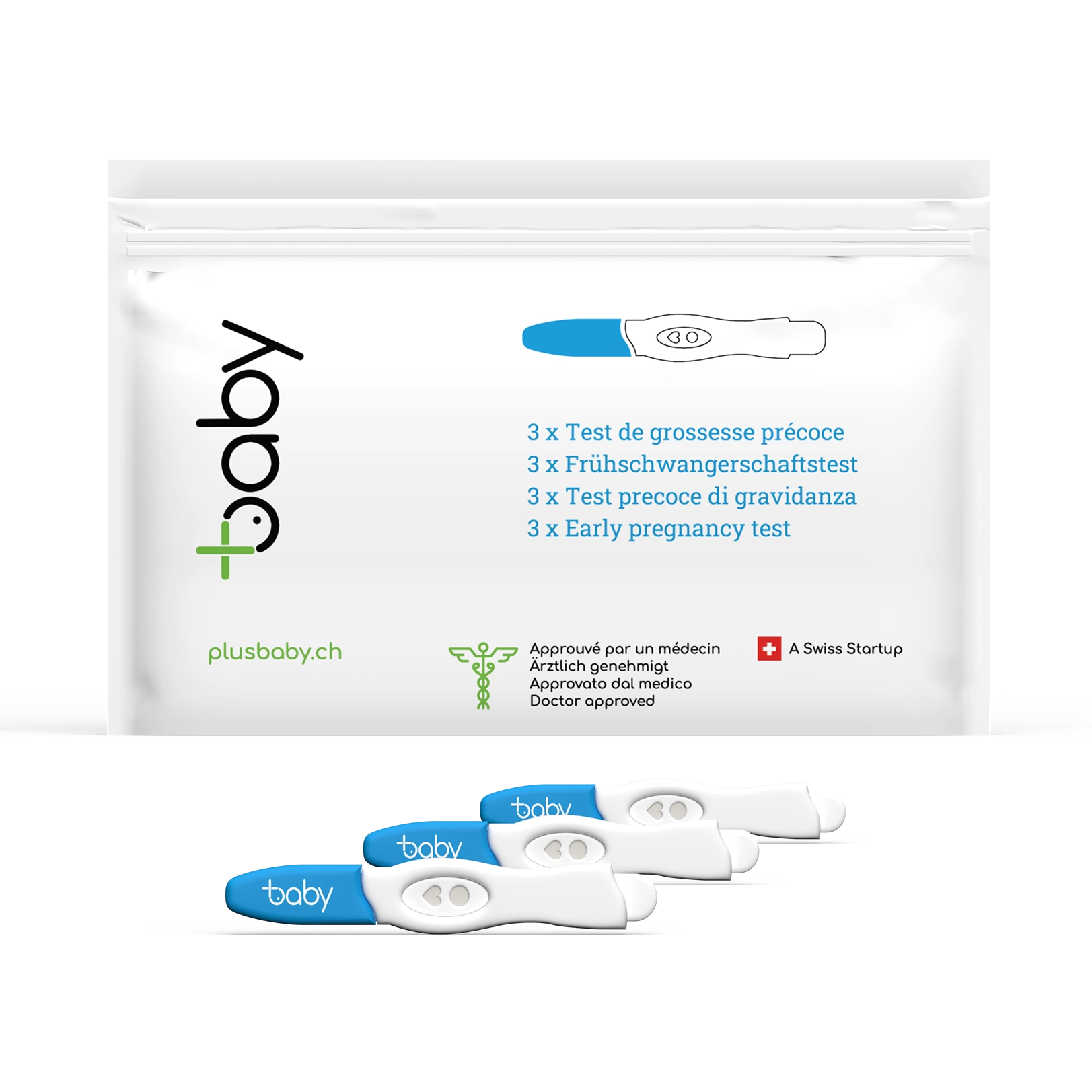There are tons of resources and facts about fertility and conception that you can use when trying.
Fertility problems can often seem mysterious and taboo, but they don’t have to be. Struggles to conceive are not often portrayed in the media in an honest and transparent way. It’s easy to scroll through Instagram and see lots of posts about first birthdays, pregnancy announcements or finding out the sex of the baby. What you don’t see are dozens of negative pregnancy tests, disappointing IVF cycles and frustrating months of ovulation tracking. But fear not! Although fertility is complicated, it doesn’t have to be intimidating. There are tons of resources and facts about fertility and conception that you can use when trying.
Here are 8 of the most surprising facts we’d like to share.
Our differences when it comes to fertility: spermatozoa live for up to 5 days, whereas egg cells only live for one day.
The first surprising fact about reproductive cells is how long they live inside and outside the body. The spermatozoon is the male reproductive cell. It unites with the ovum, which is the female reproductive cell, during fertilisation. Each of these two reproductive cells has its own characteristics, which we will explain below.
Firstly, eggs are produced by the ovaries during the ovulation period. This period is generally around the 14th day of the cycle. The lifespan of an egg after the day of ovulation is just 24 hours.
To calculate this fertility window correctly, it is advisable to use ovulation tests. These ovulation tests monitor the level of the female hormones responsible for ovulation in the body. As the date of ovulation approaches, this level increases and at the end of ovulation, it decreases.
Plusbaby ovulation tests help you determine your fertile period. It should be repeated for 6 days of the cycle to monitor hormone levels, which rise as ovulation approaches and are at their highest on the day of ovulation.
The lifespan of spermatozoa inside the vagina varies from two to five days. The conditions inside the vagina are conducive to sperm survival. Throughout this period, sperm move around in search of an egg to fertilise. Outside the vagina, on the other hand, sperm can only live for a few minutes.
The mysterious fertility of some women who ovulate twice
During certain cycles, a woman may ovulate twice simultaneously. Double ovulation means the production of two eggs ready to be fertilised. This double ovulation occurs simultaneously or less than 24 hours apart in both ovaries. This can lead to a pregnancy of fraternal twins if both eggs are fertilised.
There may be several reasons for this. Dr Laure Bourrellier, a gynaecologist at the Centre Hospitalier Intercommunal de Villeneuve-St-Georges, explains that one of them may be the advanced age of the mother. If there is a drop in ovarian reserves, the cycle can compensate by multiple ovulation. This would explain why older women are more likely to have twins.
Getting pregnant in old age is more common than you think
According to the Swiss Medical Forum, the age at which mothers give birth to their first child is rising steadily in Switzerland and throughout Europe.
The fertility rate among women over 35 falls precipitously and the rate of spontaneous abortions rises. But this does not mean that it is impossible to become pregnant at an advanced age. On the contrary, it is more common these days for women to become pregnant at over 40.
It is important to note that women are not the only ones subject to a decline in fertility from the age of 40. Men’s fertility is twice as low from the age of 55. Increasing age has an impact on sperm quality and therefore on fertility.
Women do not have a higher infertility rate than men
Both men and women can contribute to infertility, and often there is no single contributor. In fact, fertility problems are often a combination of both men and women. So bear this in mind if you’re having fertility problems and difficulty conceiving.
Making love on the day of ovulation does not increase your chances of conception
Some people think that the best day to conceive is the day of ovulation. But this is not entirely true. Making love on the day of ovulation does not give you a better chance of getting pregnant. Here are the reasons why:
A normal cycle lasts 28 days. It begins on the first day of menstruation. The date of ovulation is generally the 14th day of the cycle. Conception is possible from the 8th day of the cycle until the 16th day. This is known as the fertile period.
It is possible to become pregnant if you try to conceive on the day of ovulation, but the chances are no greater than on any other day during this period. This is due to the lifespan of sperm, which is several days. So you’re just as likely to get pregnant if you have sex in the days around your ovulation day as on the day itself, because sperm can survive in the vagina for up to five days and wait patiently for an egg to be fertilised. Learn to understand your fertility to increase your chances of conceiving a baby.
Here’s a myth we love to bust. We can’t tell you how many articles and Instagram posts we’ve seen touting the ‘best sex positions to get pregnant’. As long as ejaculation happens with you on your fertile days, it doesn’t really matter how you do the deed. Just make sure you’re enjoying yourself!
La surprenante fertilité des hommes : une éjaculation peut contenir jusqu’à 500 millions de spermatozoïdesLe nombre moyen de spermatozoïdes par millilitre d’éjaculation est d’environ 100 millions. Sachant qu’en moyenne, une éjaculation contient entre 2 et 5 millilitres de spermatozoïdes, le nombre normal de spermatozoïdes lors de l’éjaculation peut atteindre 500 millions ! Attention cependant : ce nombre varie d’une personne à l’autre, voire d’un jour à l’autre pour une même personne, et il a surtout tendance à diminuer avec l’âge, à partir de 45-50 ans.
These tiny cells are used to carry the father’s genetic information needed to make a baby. Each spermatozoon is made up of three parts: the head, the central part and the tail, also known as the flagellum.
Spermatozoa represent only 1% of spermatozoa
Male fertility is even more puzzling when you consider that each ejaculation contains around 70% seminal fluid. This fluid is made up of proteins, minerals and vitamins that strengthen and nourish the sperm. Spermatozoa represent only 1% of this seminal fluid. Male fertility is incredible when you consider that 1% of seminal fluid contains up to 500 million sperm cells! Imagine the race to reach the egg!















